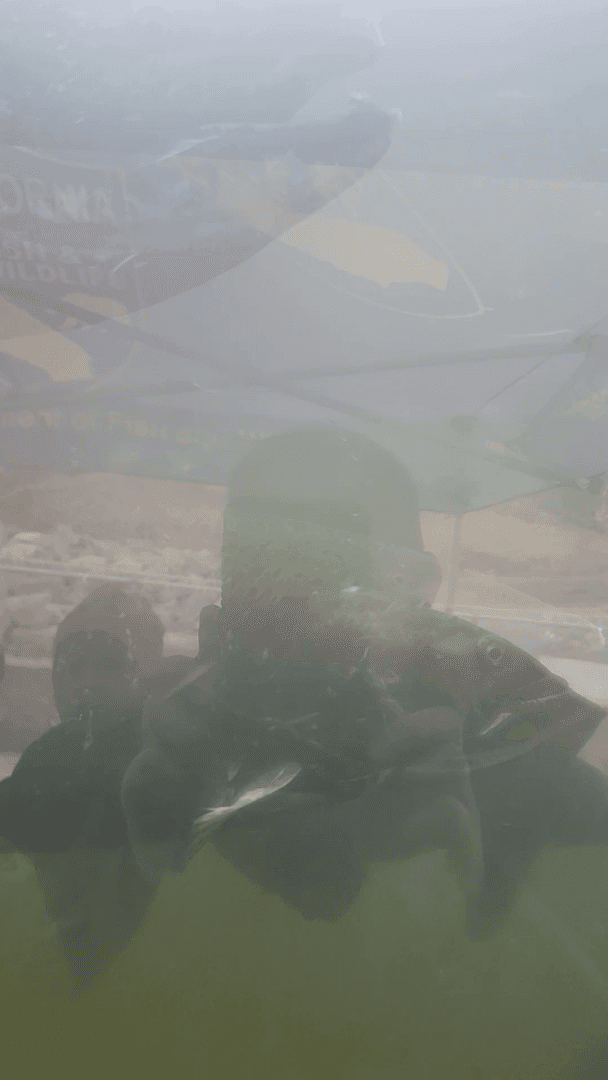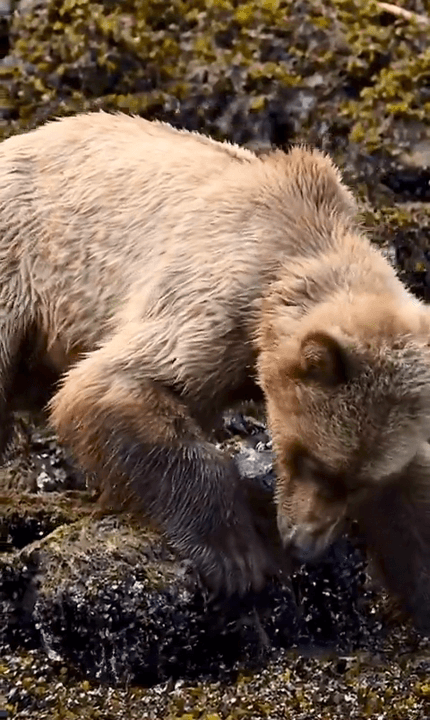
WHY YOU NEED TO BE HUNTING SQUIRRELS RIGHT NOW What if I told you about a hunting opportunity that’s happening right now, which offers abundant access to productive land, requires a minimum of technical gear, and provides the chance to bring home tasty meat that is routinely overlooked for its palatability? You’d probably think I was blowing smoke, but I’m talking about one of the most neglected and productive hunts in the U.S.—for common tree squirrels. Squirrel seasons start now, in the lazy days of late summer, giving you time (and an excuse) to get out in the woods to scout for deer while also ground-truthing the gear that you’ll rely on all autumn. But you don’t need an excuse to go squirrel hunting. The first argument in its favor is that squirrels live almost everywhere, from the leafy hardwoods of the East to the piney woods of the South to the mountains of the West. Squirrel hunting is also a great way to introduce new shooters to small-game hunting. The two squirrel spe
Post: 13 December 17:47
















































